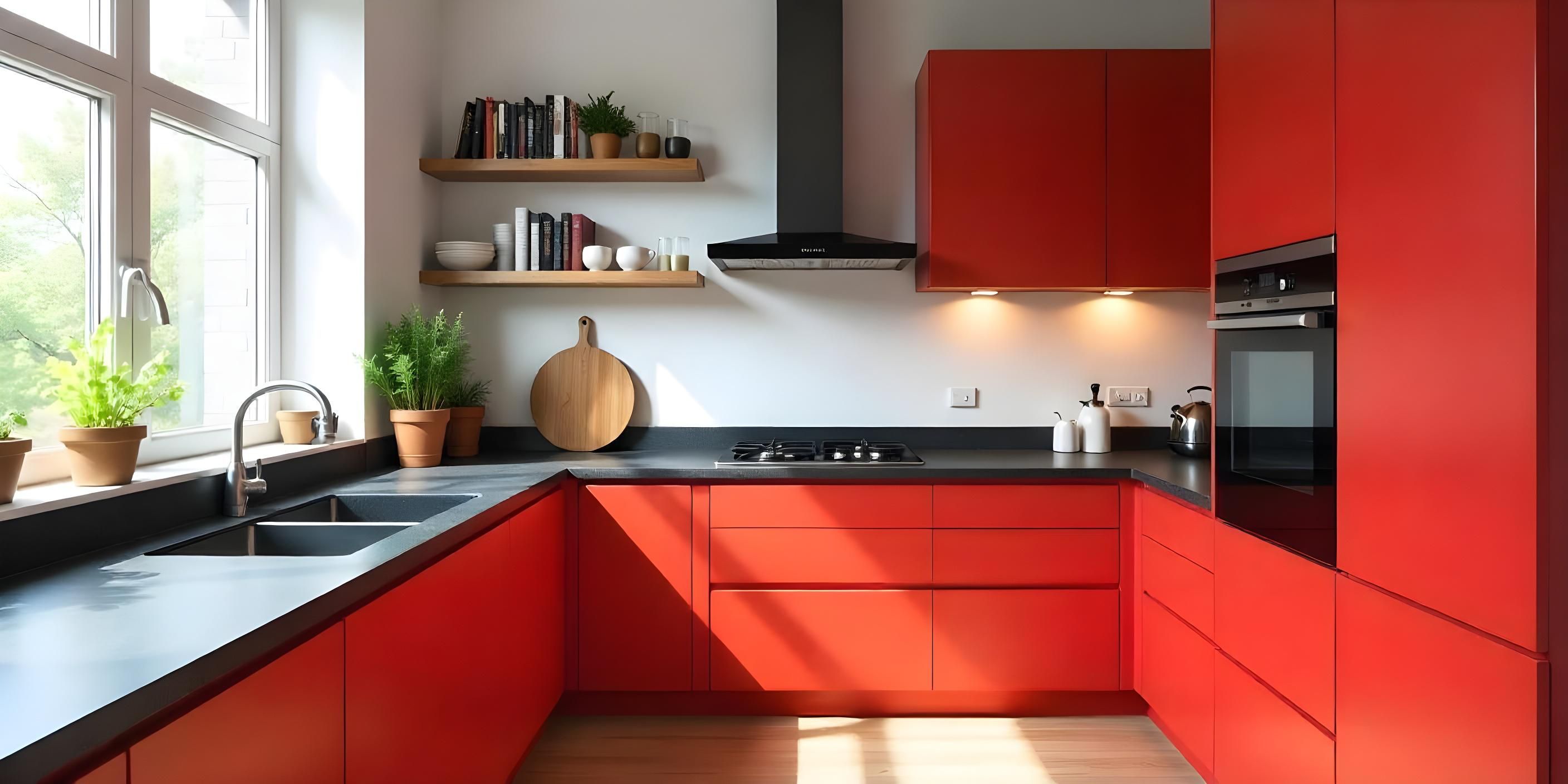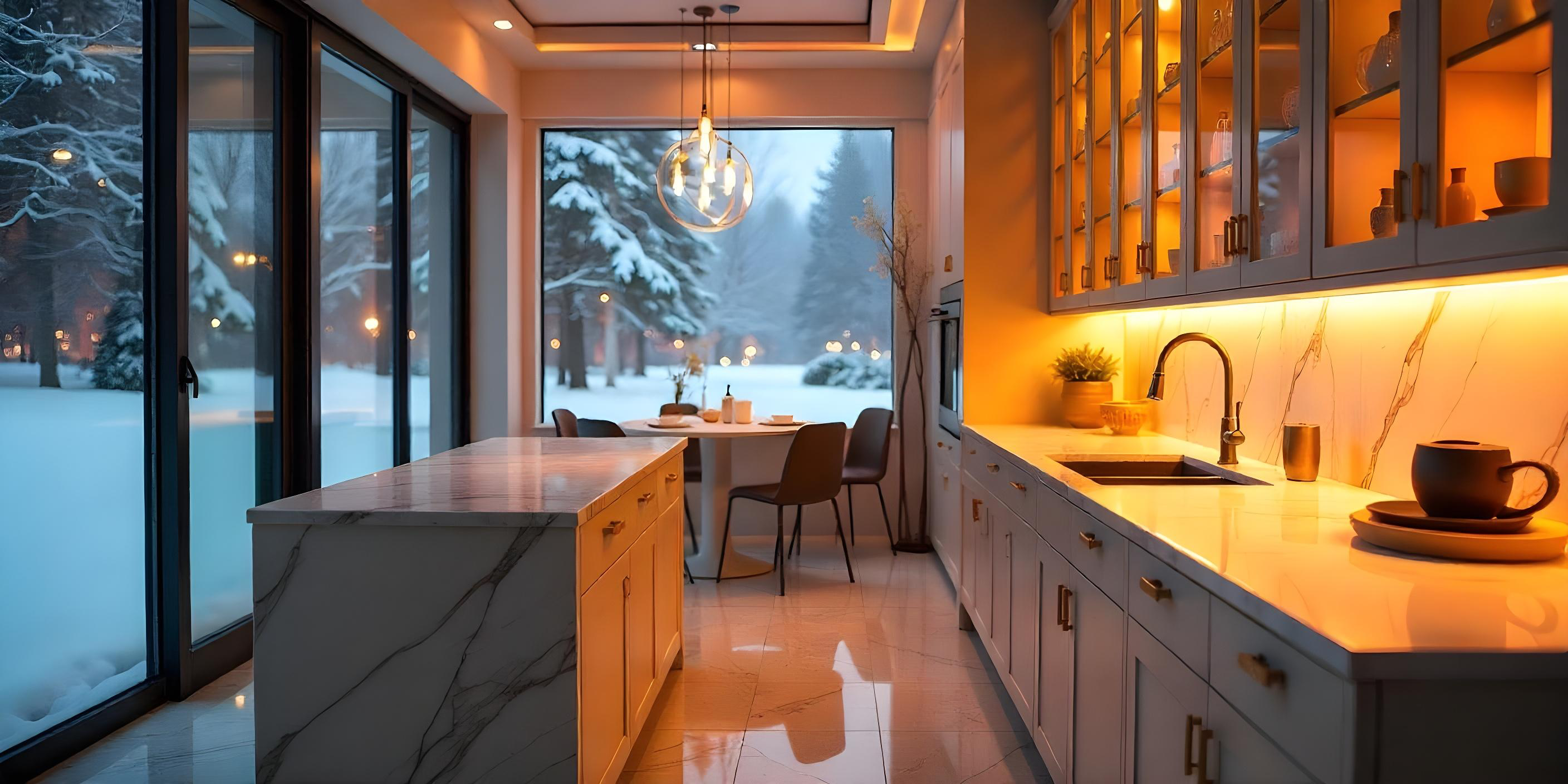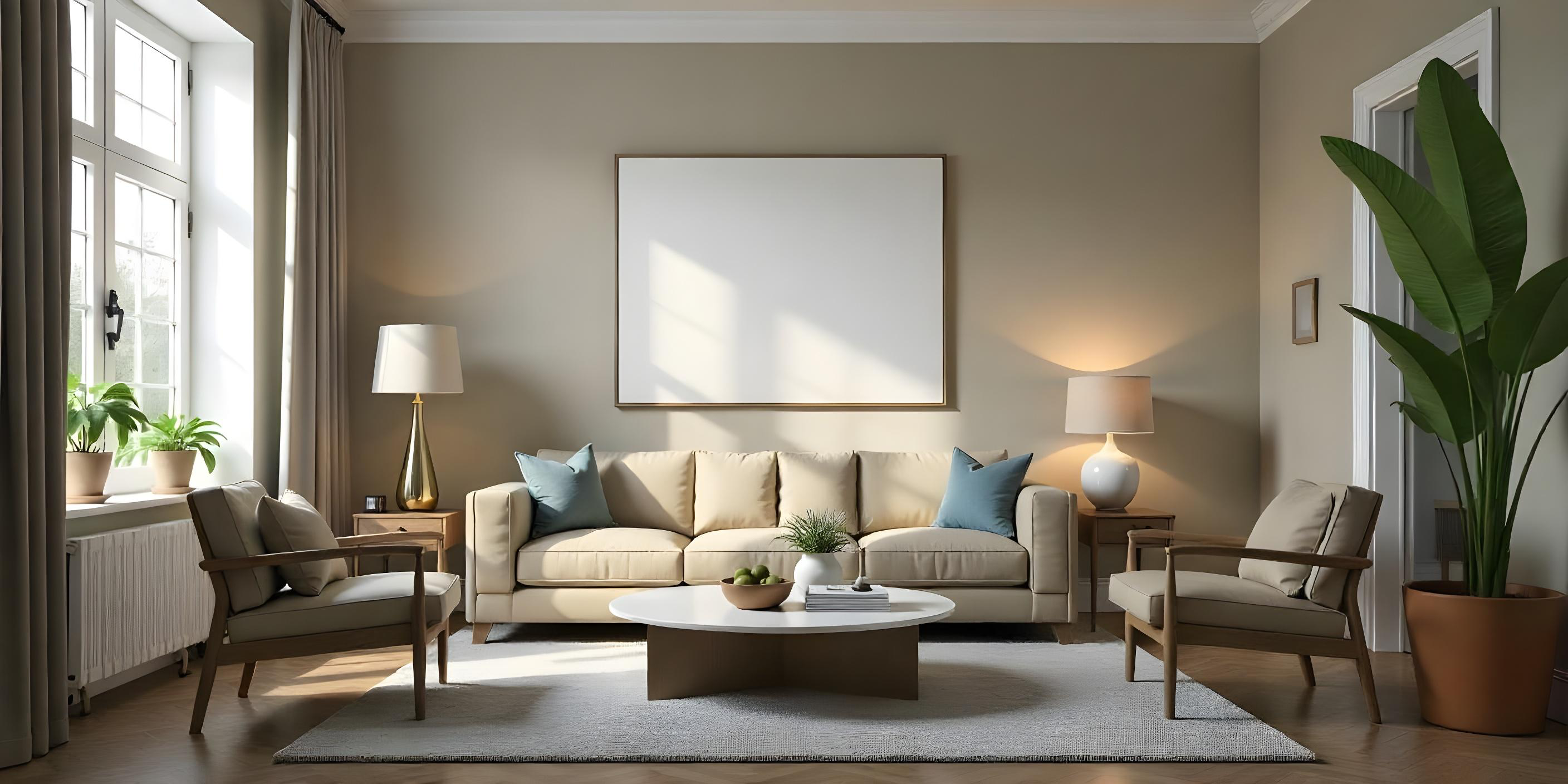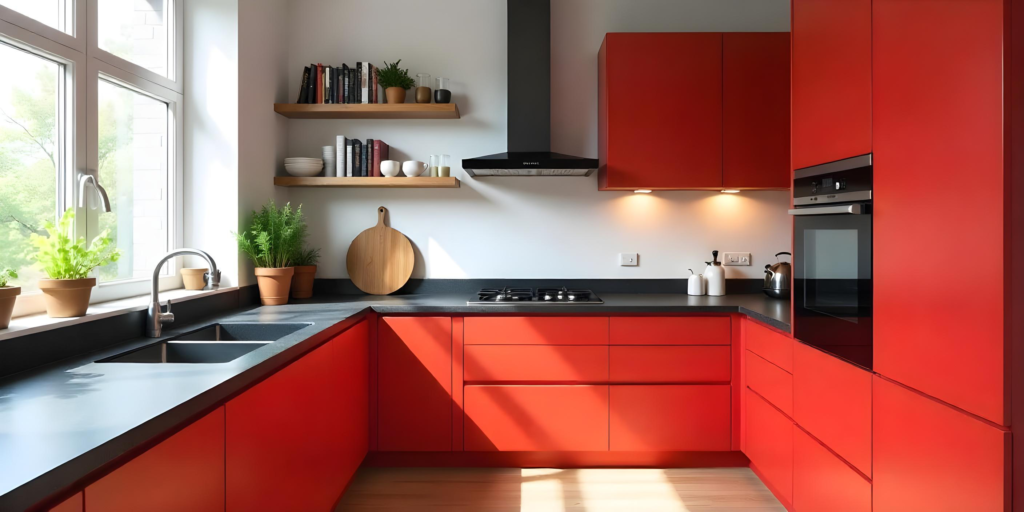Cabinet calamities can be avoided if we are aware of the aspects that can make things go wrong. Here are some examples people have experienced with cabinets.
Cabinet Calamities 1: Opting For The Wrong Material
One of the most common mistakes made in kitchen cabinetry is the wrong choice of material which can greatly affect your cabinets both in functionality and durability. Low-quality materials, like particleboard and MDF may seem appealing because of their much lower cost but these are very prone to warping, chipping and swelling when exposed to moisture. This makes them a poor choice for a kitchen’s high-traffic, often humid environment.
Instead, it is better to invest in durable alternatives such as plywood or 6G aluminium. Plywood is strong and stable, hence less likely to bend or sag under a heavy load, while 6G aluminium resists heat, moisture and pests very well — it is a good choice for long-term investment. Other mistakes people make while selecting materials for their homes include not considering how well the material fits into their lifestyle. For example, families with small children will appreciate easy-to-clean surfaces, while those looking for a more luxurious appearance will want to consider hardwood or veneers.
Moreover, if the finishing is poorly done, the cabinets will scratch and stain easily which will make them less visually appealing. Avoid these mistakes by evaluating your specific kitchen needs, read about the advantages and disadvantages of different materials and consult a professional when necessary. While higher-quality materials may have higher upfront costs, they save you money over the long haul by minimising repair and replacement. Learning from others’ mistakes ensures you choose materials that balance style, durability and practicality, resulting in cabinets that stand the test of time.
Cabinet Calamities 2: Skipping Professional Installation
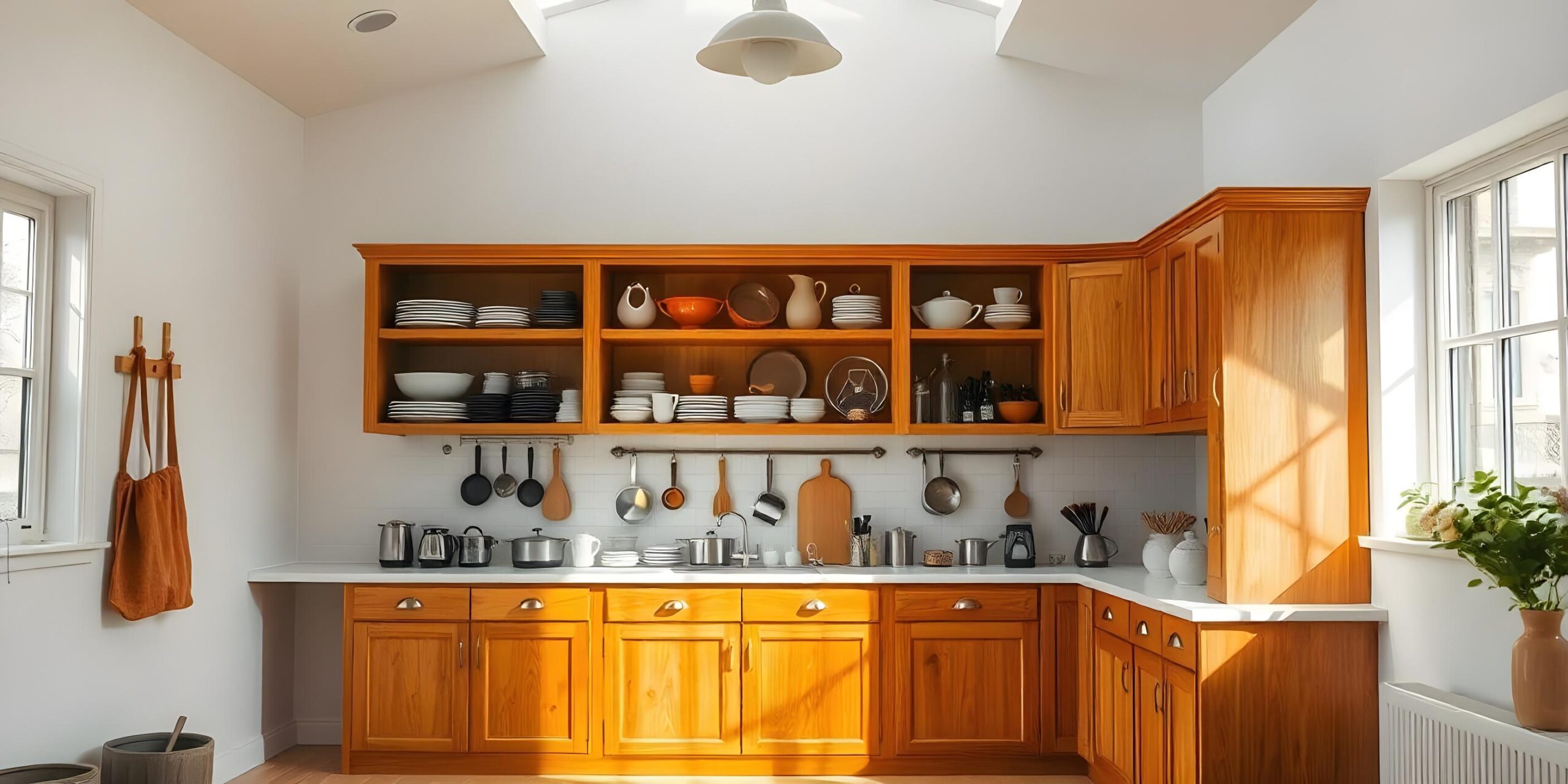
Not enlisting the services of professional installers is one common mistake in kitchen cabinets. On the contrary, while installing such cabinets as a DIY maybe, somewhat exciting for minor home improvements, a professional skill is highly required in regard to fitting. Without appropriate installations, one is likely to witness other problems such as crooked cabinet fixtures, misaligned doors and other related issues that interfere with the functioning of the cabinetry and make it less desirable.
These mistakes could lead to long-term issues, such as doors not closing properly, drawers sticking, or cabinets pulling away from the wall under heavy weight. Moreover, professionals are aware of the subtleties in installation, like accounting for wall irregularities, ensuring proper levelling and anchoring cabinets to studs securely. They also have access to specialised tools that many DIYers lack. Lacking this knowledge, an attempt to install cabinets risks not only damaging the cabinetry but also voiding warranties that may be offered by manufacturers. Furthermore, errors in DIY installation might lead to costly repairs or even a complete reinstallation, therefore negating any initial savings.
@ampquartzcabinets Apa yang anda perlukan hanya lah kabinet pantri yang penuh dengan fungsi terbaik!!! Berminat? DM kami atau klik link di Bio 🫶 📍82, Jalan Gaya 1, Taman Gaya, Ulu Tiram, 81800 Johor Bahru Jangan lupa follow tiktok baru kami! @ampquartzcabinets #kitchentips #kitchenhacks #ampquartz #customcabinet #jedagjedug
♬ BISANE MUNG NYAWANG BREAKBEAT FULLBASS DJ 4RT10 – ᵀᴹ🇷αͷδϒ 🇩𝐣’Д🇷t͎ῖϴ🎧🔂✅
Hiring professionals guarantees that the job is done right the first time, offering peace of mind and ensuring the cabinets are durable and functional. While it may seem like a superfluous expense from the outset, professional installation can save money, time and aggravation in the long term. Learning from others who’ve made the mistake underlines the investment in professional installers’ skills to take care of kitchen cabinet installation to keep at bay avoidable headaches.
Cabinet Calamities 3: Having Mismatched Finishes
One common mistake that many make with their kitchen cabinets is a lack of congruent finishes. Although the urge to mix and match various cabinet colours, different materials or hardware can be very strong to create an inimitable look, most of these end up providing a cluttered-looking and disjointed kitchen. The finishes don’t match, from the cabinet doors to the countertops and hardware, creating an overwhelming style that makes no sense and detracts from the overall appeal of the kitchen. For instance, sleek modern cabinet fronts with traditional wood grain, or high-gloss with matte surfaces simply do not go well together to create a cohesive space.
To avoid this mistake, it’s important to choose finishes that complement each other and fit the design vision for your kitchen. If you’re set on mixing materials such as wood and metal, aim for harmony by selecting pieces that share a common tone or texture. Similarly, consider the overall theme of your kitchen — whether modern, rustic, or transitional, and choose finishes that align with that style. If you are ever in doubt, one sure-fire way to achieve a pulled-together look is to stick with a single finish for your cabinets or your cabinetry hardware, including matching handles and pulls. The bottom line — consistency is what makes a kitchen balanced, timeless in design and purposeful.
Cabinet Calamities 4: Compromising On Function
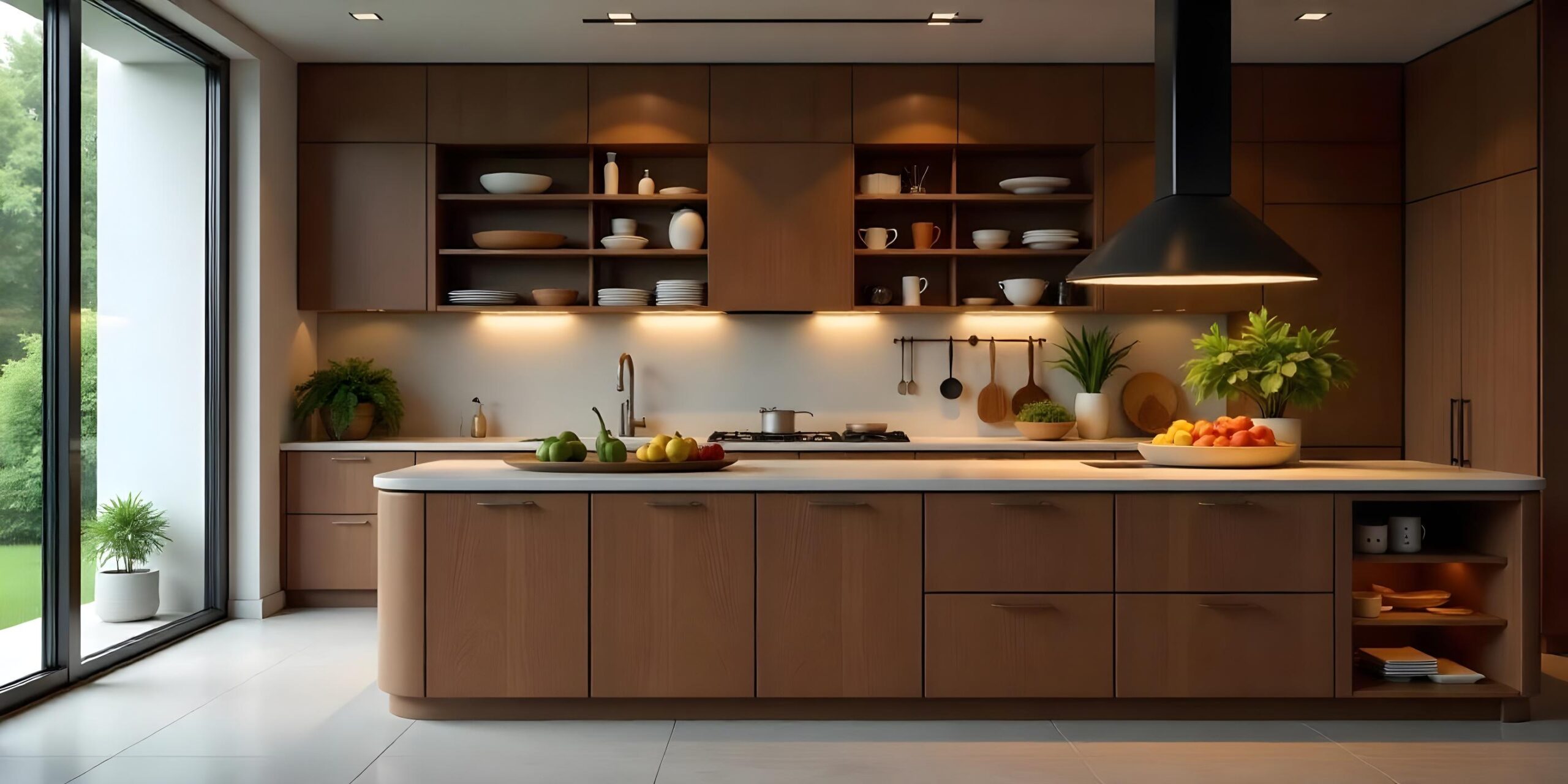
Among the very common kitchen cabinet mistakes that one learns from others is compromising functionality for style. While one may feel tempted to choose cabinets just because they look great, placing the looks over practicality may result in frustrating outcomes. For instance, choosing complicated cabinet designs or glass fronts may look beautiful initially but soon becomes impracticable for high-traffic kitchens. Glass-front cabinets will display your possessions and fingerprints and accumulate dust, necessitating frequent cleaning.
@ampquartzcabinets Your dry pantry is the heart of your kitchen! 🛒💛 With proper storage, you’ll save money, avoid food waste, and always know where everything is. Say goodbye to messy cabinets and hello to a pantry that works for you! 🍝 #DryPantryInspo #PantryOrganization #KitchenHacks #ampquartz
♬ original sound – Ezra Kairo – Ezra Kairo
Similarly, opting for highly ornate cabinet designs may make the space more high maintenance to clean since any detailed trim work tends to gather grime. Moreover, style-snob cabinets may lack shelving that is easy to reach or adequate storage. If your cabinets are stunning to look at but do not avail the storage facility or ease of access, your kitchen might end up becoming clumsy and inefficient. Instead, seek a style function balance. Choose cabinet designs as per your taste and preference with a practical input of having pull-out drawers, lazy Susans, or deep storages.
Practicality doesn’t mean sacrificing beauty — simple, well-designed cabinets are able to be both beautiful and functional, durable and easy to use. The well-designed kitchen actually integrates form and function so the place looks great but is also handy and user-friendly. Learning from other people’s experiences can help you make considered decisions when you come to choose kitchen cabinets that will serve you in the long run.
Cabinet Calamities 5: Poor Layout Planning
Poor layout planning is probably one of the most common mistakes made in kitchen cabinets. A kitchen’s layout is important to ensure an efficient work flow and poor cabinet placement can be frustratingly inconvenient. When cabinets aren’t strategically placed, that natural flow between essential areas — sink, stove and refrigerator (known as the kitchen work triangle) is disrupted. For instance, if the cooking area is too far from the preparation space, it will lead to unnecessary back-and-forth movement, which slows down meal preparation. Similarly, placing cabinets in awkward corners or far from the working zone can make it difficult to access utensils, pots or ingredients when needed.
Another common mistake is failing to plan for adequate counter space between the sink, stove and fridge. Cabinets not installed with counter space taken into consideration are likely to cause crowding of the workplace areas — making meal preparations clumsy. Further, ignoring the amount of storage space a household needs might result in tiny or extremely jam-packed cabinets, where you store everything in the worst possible manner. A well-designed kitchen layout will position cabinets where they’ll be most useful, keeping everything easily accessible while also maintaining a smooth workflow. You can learn from the experiences of others in order to create a kitchen that seems functional, organised, and accessible. In that way, you can make your cooking experience more fun.
Sign Up For Kitchen Design Ideas
Join over 5,000 homeowners subscribed to our newsletter!



